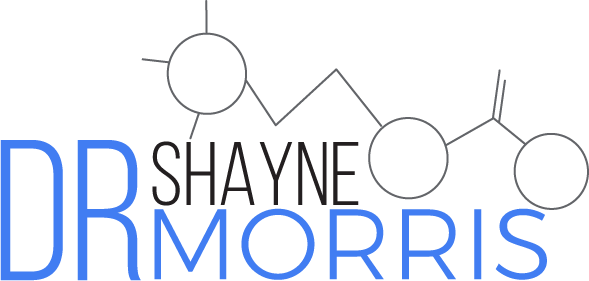In the realm of digestive health, understanding how efficiently your body processes food and eliminates waste can provide crucial insights into your overall well-being. Tracking gut transit time reveals how long it takes for food to move through your digestive tract, reflecting digestive efficiency. This information can highlight issues such as rapid transit (less than 18 hours) or prolonged transit (over 30 hours), which may indicate underlying digestive disorders like dysbiosis.
The gut microbiome, composed of diverse microorganisms, plays a pivotal role in digestion, nutrient absorption, immune function, and much more. Monitoring gut transit time can help assess microbiome health by revealing how well food is digested and metabolized, influencing stool consistency and overall gut health.
Using the Bristol Stool Chart alongside transit time tracking allows individuals to categorize stool types (ranging from well-formed to loose) and correlate them with transit times. This empowers users to tailor dietary and lifestyle choices to optimize digestive health.
Bristol Stool Chart
| STOOL TYPE | EXAMPLE | DESCRIPTION | TRANSIT TIME |
|---|---|---|---|
| Type 1 |  | Separate hard balls or lumps, hard to pass, spends too much time in the colon. | Longest Transit Time |
| Type 2 |  | Lumpy fecal balls stuck together, can produce hemorrhoids. | Longer Transit Time |
| Type 3 |  | Like a sausage with cracks on the surface, mild straining, low end of acceptable. | Moderate Transit Time |
| Type 4 | Like a banana, can be “S” shaped; soft and moist, not too hard, not too soft. | Average Transit Time | |
| Type 5 |  | Soft blobs, clear cut edges, passed easily, high end of acceptable, typical of several stools per day. | Below Average Transit Time |
| Type 6 |  | Ragged edges, mushy stool, requires excess wiping. Could be a sign of stress or IBS. | Short Transit Time |
| Type 7 |  | Diarrhea. Not good. | Shortest Transit Time |
Benefits of Tracking Gut Transit Time
1. Early Detection of Issues: Detecting irregular transit times or abnormal stool types early can signal digestive issues such as constipation, diarrhea, or imbalanced gut microbiota, allowing for timely intervention.
2. Nutrient Absorption: Efficient transit times promote better absorption of nutrients from food, supporting overall health and energy levels.
3. Proactive Digestive Wellness: Monitoring transit times and stool consistency enables proactive management of gut health, potentially reducing the risk of chronic digestive disorders.
Who Should Monitor Gut Transit Time
Monitoring gut transit time is beneficial for anyone experiencing digestive discomfort, irregular bowel movements, or those curious about their gut health status. It’s particularly useful for individuals seeking to optimize their diet, manage food intolerances, or maintain a healthy gut microbiome balance.
When to Seek Further Guidance
– Rapid Transit Time (Less than 18 hours): May indicate issues like diarrhea, inadequate nutrient absorption, or microbial imbalance.
– Prolonged Transit Time (Over 30 hours): Could suggest constipation, slow digestion, or insufficient fiber intake, potentially leading to discomfort and nutrient malabsorption.
Consulting a healthcare provider is crucial if transit times consistently fall outside the normal range, as they can conduct further evaluations and recommend appropriate interventions.
Conclusion
Understanding gut transit time provides a straightforward yet effective method to comprehend your digestive health. This information empowers individuals to make informed decisions about diet, lifestyle, and gut health management. By monitoring transit times and utilizing tools like the Bristol Stool Chart, you gain valuable insights into your body’s digestive processes, enabling proactive steps towards enhanced well-being and digestive harmony.
Whether you’re aiming to optimize digestive efficiency, manage digestive disorders, or simply maintain a balanced gut microbiome, tracking gut transit time is a valuable practice. Embrace the power of understanding gut transit time to unlock a clearer understanding of your digestive system and pave the way towards a healthier you.


